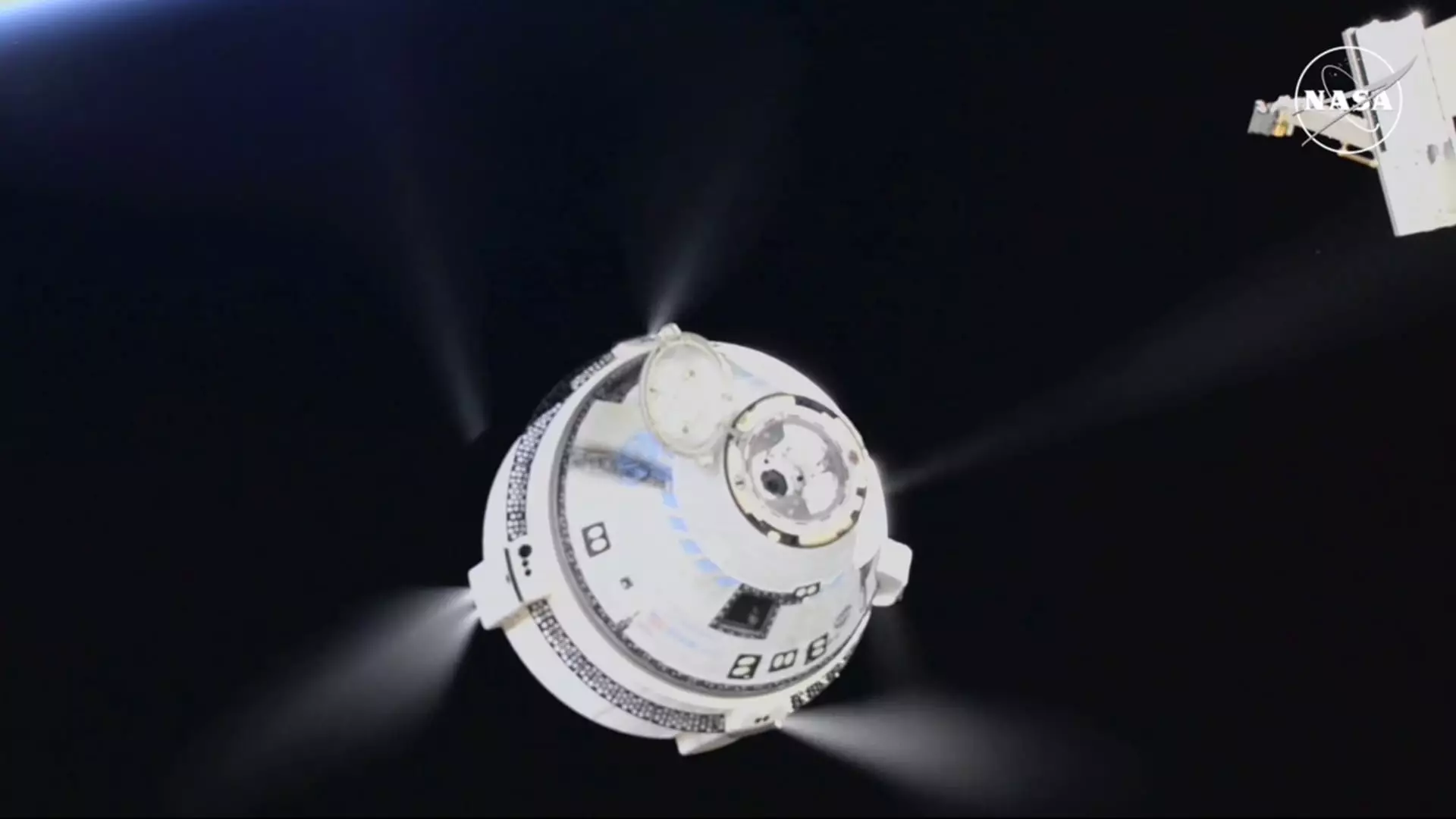Boeing’s Starliner spacecraft recently undocked from the International Space Station, marking the conclusion of a tumultuous mission that was marred by delays and unexpected challenges. Originally scheduled to depart much earlier, the spacecraft left orbit without the two astronauts it had brought to the ISS in June. This departure included NASA test pilots Butch Wilmore and Suni Williams remaining on the station for an extended period, signaling a deviation from the initial mission plan.
The return journey of Starliner back to Earth was extensive, taking approximately six hours from undocking to landing. The prolonged duration of the mission was a stark contrast to NASA’s initial projections, with the spacecraft spending an unexpectedly long period at the ISS due to propulsion system issues that required further investigation by Boeing. The eventual decision to return Starliner empty highlighted the complexities faced by the mission team, emphasizing the need to address fundamental spacecraft concerns before proceeding.
The implications of the Starliner mission’s challenges extend beyond technical difficulties, impacting both Boeing’s reputation and financial standing. With repeated delays and setbacks, the Commercial Crew Program, in collaboration with NASA, faced setbacks in achieving its objectives of establishing multiple options for manned spaceflight to the ISS. Boeing’s setbacks have raised questions about the company’s capacity to fulfill its obligations within the program, potentially jeopardizing its future involvement and financial stability within the aerospace industry.
The unexpected outcomes of the Starliner mission serve as a valuable lesson for both Boeing and NASA, highlighting the unpredictable nature of space travel and the importance of thorough testing and evaluation. As the aerospace industry continues to evolve, the need for comprehensive risk assessment and mitigation strategies remains paramount to ensure the success of future missions. By reevaluating the root causes of the Starliner mission’s challenges, both entities can collaborate to enhance spacecraft safety and reliability for future endeavors.
Boeing’s Starliner mission setbacks shed light on the complexities and uncertainties inherent in space exploration. While the mission did not go as planned, the valuable insights gained from this experience will undoubtedly inform future endeavors and contribute to the advancement of manned spaceflight technologies. As Boeing and NASA regroup and reflect on the challenges faced, the aerospace industry stands to benefit from the lessons learned and the resilience demonstrated in overcoming setbacks on the journey to explore the cosmos.

